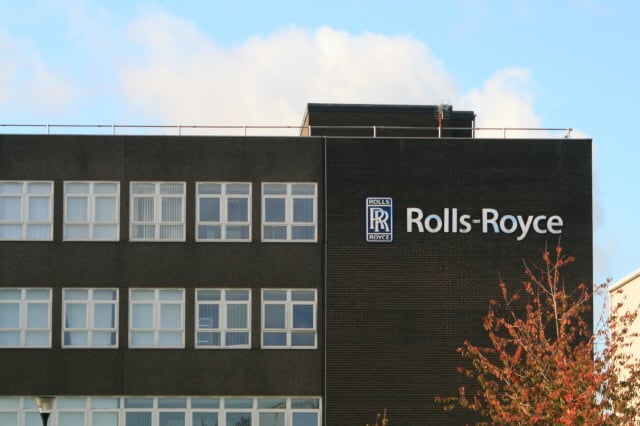Industrial giant Rolls-Royce is leading a consortium that will build and install small modular reactors (SMRs) across former nuclear sites in the UK.
“Our world needs more low-carbon power than ever. So we’re leading a UK consortium to develop an affordable power plant that generates electricity using a small modular reactor – an intelligent way to meet our future energy needs,” Rolls-Royce said.
The nuclear-powered SMRs will be roughly 1.5 acres in size within a 10-acre space — making them approximately one sixteenth of the size of major power stations such as Hinkley Point.
Each reactor would cost £1.8bn and produce an estimated 440MWe of electricity, enough to power a city the size of Leeds for six decades.
A study by the UK National Nuclear Laboratory (NNL) suggests that a market for 7 GWe of SMR power plants will exist in the UK by 2035 with further opportunity beyond this to 2050.
Rolls-Royce says its SMR designs will “supply power to the grid in a timely manner at lower cost to the taxpayer and consumer, generating electricity that is at least as cheap (per MW) as power generated by today’s large scale reactors – potentially even cheaper when SMRs go into volume production.”
The company believes it will build between 10 and 15 of the stations in the UK in former nuclear sites in Cumbria or in Wales.
Rolls-Royce chief technology officer Paul Stein said in a recent interview with the BBC: “The trick is to have prefabricated parts where we use advanced digital welding methods and robotic assembly and then parts are shipped to site and bolted together,”
Stein said this approach drastically reduces the cost of building nuclear power sites.
However, Paul Dorfman from University College London, was quoted by the BBC as saying: “The potential cost benefits of assembly line module construction relative to custom-build on-site construction may prove overstated.
“Production line mistakes may lead to generic defects that propagate throughout an entire fleet of reactors and are costly to fix,” he warned.
“It’s far more economic to build one 1.2 GW unit than a dozen 100 MW units.”

